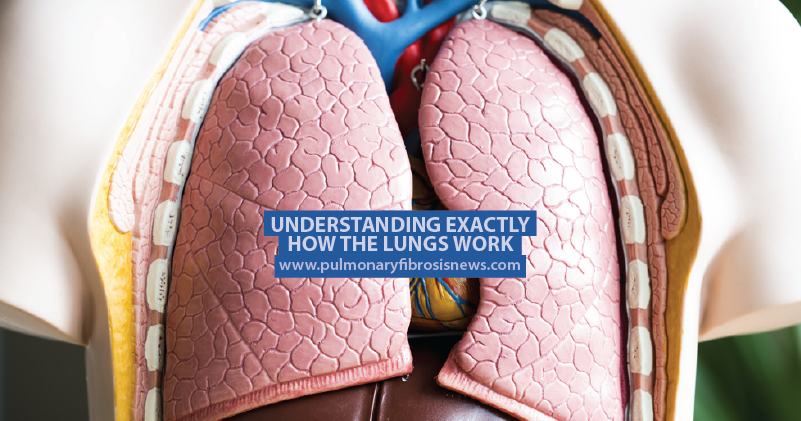Understanding Exactly How the Lungs Work

According to the COPD Foundation, understanding how the lungs work will help those who suffer from lung diseases have a little bit more control over their breathing.
MORE: Seven common symptoms of pulmonary fibrosis.
As you inhale, air composed of approximately 21 percent oxygen enters the respiratory system through the mouth and nose. The upper airway does a few very important things — it filters, warms and humidifies the air before it travels down the windpipe (trachea), through the airways (bronchi) and into your lungs.
At the tip of each bronchi is a group of air sacs called alveoli which have extremely thin and fragile walls. Oxygen penetrates these walls and enters the bloodstream where it is then distributed around the body to allow the body to function. It’s estimated that a healthy pair of lungs contains around 300 million alveoli
As the body uses the oxygen, it turns to carbon dioxide which the body has no use for. This is then returned to the blood stream and pushed back into the lungs where the process is reversed and we then exhale the waste product.
To protect the lungs from damage from impure air and infection, they produce mucus. However, the lungs need to clear out any excess mucus to prevent it from building up. The mucus is pushed through the lungs using a sweeper system of fine, hair-like structures called cilia. If the cilia become paralyzed or are destroyed by a chronic lung condition, they are unable to clear excess mucus efficiently and the build-up could cause infections.
The loss of cilia also causes the airways to become inflamed and constricted, meaning not enough oxygen can get to the bloodstream and not enough carbon dioxide can leave the body.
MORE: Six ways to manage your health when you have pulmonary fibrosis
Pulmonary Fibrosis News is strictly a news and information website about the disease. It does not provide medical advice, diagnosis or treatment. This content is not intended to be a substitute for professional medical advice, diagnosis, or treatment. Always seek the advice of your physician or another qualified health provider with any questions you may have regarding a medical condition. Never disregard professional medical advice or delay in seeking it because of something you have read on this website.







